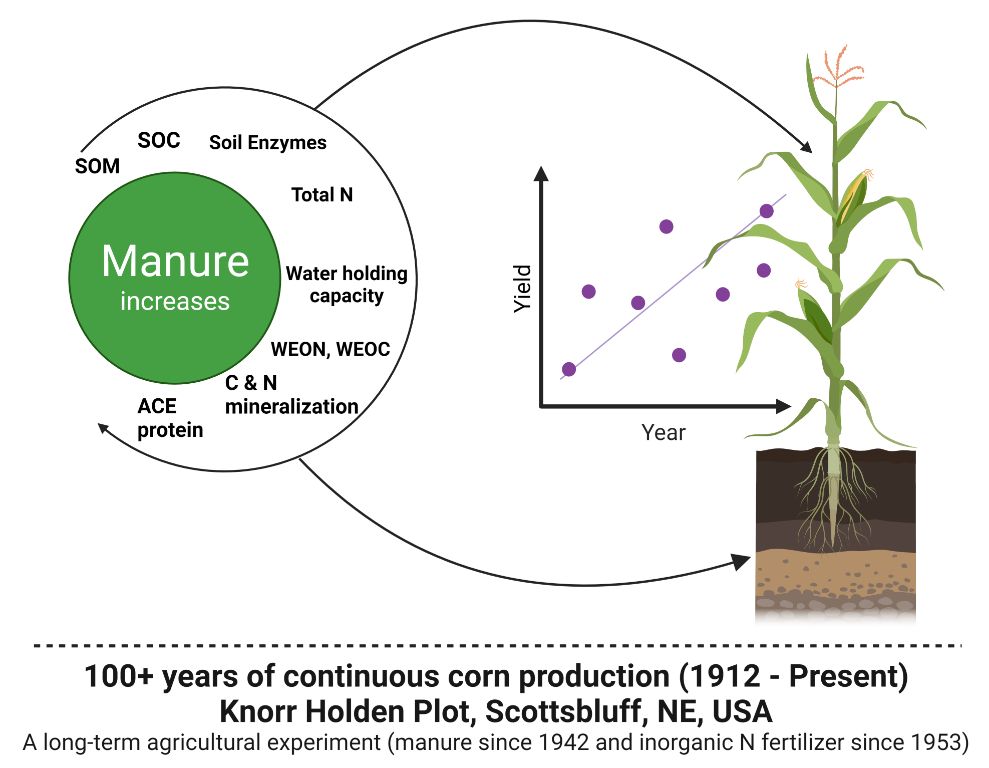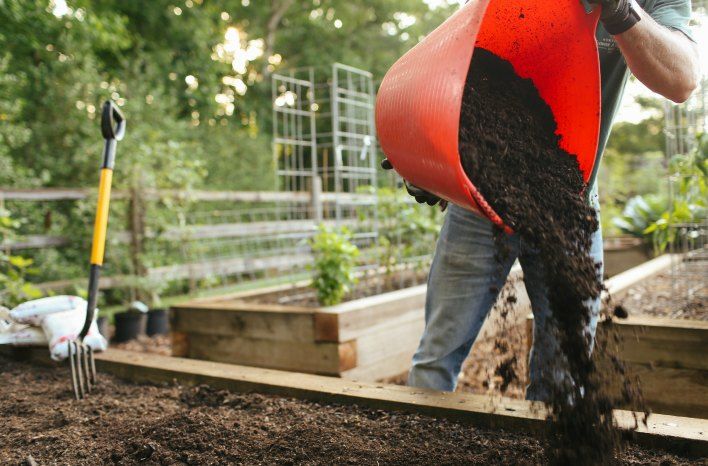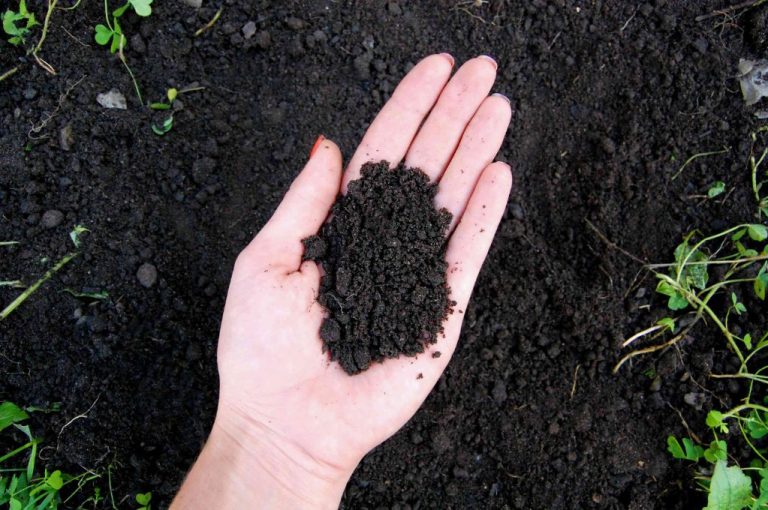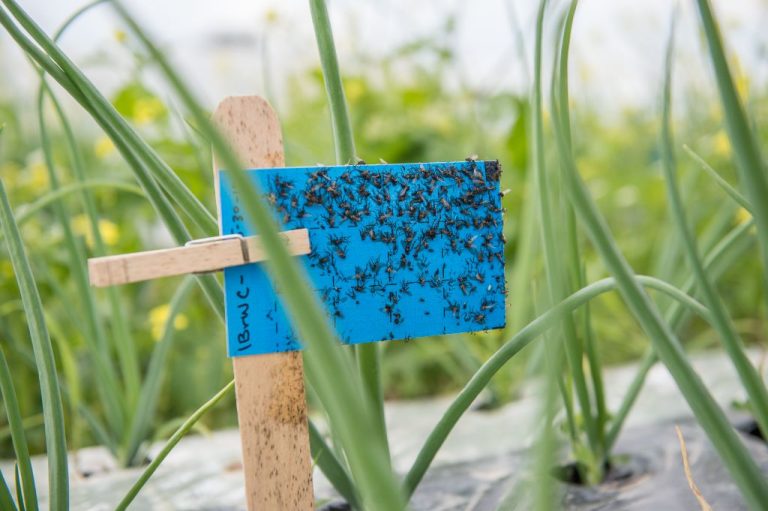Gardening For Beginners: How To Plan And Plant A Summer Garden
Gardening can be an incredibly rewarding activity for beginners. By following some basic guidelines, even novice gardeners can plan and cultivate a thriving vegetable or flower garden. Proper planning and preparation are key to establishing a successful garden that will provide ample produce and blooms throughout the summer months. With the right approach, beginners can quickly gain the skills and knowledge needed to grow their own small backyard or container garden. This guide covers the gardening basics, from assessing your available space to designing a layout to caring for your plants throughout the season. With a little effort, new gardeners can soon enjoy the many benefits of growing their own flowers, herbs, and vegetables.
Determine Your Available Space
When starting a summer garden, it’s important to take stock of the sunny and shaded areas in your yard. Pick a spot that gets at least 6 hours of direct sunlight daily for warm season crops like tomatoes, peppers, squash, and herbs.
According to the University of Nebraska-Lincoln Extension, a good starting size for a vegetable garden is between 75 and 100 square feet (source). This allows enough room for approximately 10-20 plants, depending on spacing.
Consider how much produce you want to grow when deciding on the garden size. Research shows the average home vegetable garden in the U.S. is about 600 square feet, which can yield a good amount for an average family (source). For a family of four planning to grow produce year-round, experts recommend around 800 square feet of garden space (source).
Make sure to account for pathways between beds so you can easily access plants for care and harvesting. Locate your garden close to a water source for convenience.
Select the Right Plants
When choosing plants for a beginner summer garden, it’s important to select varieties that are relatively easy to grow and care for. According to https://www.lonelypinesfarm.com/easy-plants-for-beginner-gardeners/, some great options include:
– Tomatoes – These are a summer garden staple. Choose bush or dwarf varieties, which don’t require staking.
– Zucchini – Prolific producers that thrive in summer heat. Just a few plants will yield more than enough squash.
– Beans – Pole, bush or runner beans are all beginner friendly. Make sure to provide support structures for vining varieties.
– Beets – Direct sow for easy growing. Thin seedlings to 4 inches apart.
– Radishes – Fast-growing and perfect for impatient beginners. Sow every 2 weeks for steady supply.
– Lettuce – Grow looseleaf, romaine or butterhead lettuce. Plant successively for continued harvest.
When selecting plants, be sure to consider sunlight requirements. Most vegetables need at least 6 hours of full sun daily. Choose a sunny spot or position shade-loving plants like lettuce on the east side of your garden. With the right plant picks, beginners can enjoy a productive first garden.
Prepare the Soil
Proper soil preparation is crucial for a successful vegetable garden. The soil needs to be loose, well-drained, and rich in organic matter. Here are some tips for getting your soil ready to plant:
Test your soil – Use a soil testing kit to determine the pH and nutrient levels of your soil. This will tell you if you need to add any amendments.
Add organic matter – Incorporate 2-4 inches of compost, aged manure, peat moss, or other organic materials into the top 6-8 inches of soil. This will improve drainage and provide nutrients.

Loosen the soil – Use a spading fork or tiller to break up compacted soil and improve aeration. Go down 8-12 inches.
Adjust pH – Add lime if the soil is too acidic or sulfur if it’s too alkaline. Most veggies grow best with a pH between 6.0-6.8.
Fertilize – Spread a balanced organic fertilizer over the garden and work it into the top few inches of soil.
Let it rest – Allow 2-3 weeks for amendments to fully integrate before planting.
Design and Layout
The layout and design of your garden will play a key role in making your garden space beautiful and functional ( source ). When planning the layout, consider the space available and how you want to use it. Leave enough room between beds and plants for aisles and pathways that are at least 3-feet wide so you can comfortably move around to tend the plants.
Map out the shape and size of the garden beds on paper first to get a sense of the spacing. Beds typically range from 3-4 feet wide for easy access, but can be wider depending on the space. Orient the length of the beds from east to west to ensure even sun exposure. Arrange the tallest plants on the north side of the bed so they don’t shade other plants as the sun travels from east to west.
Use basic geometric shapes like rectangles, triangles and curves for clean, organized beds with a fluid look. You can break up straight lines with organic, flowing edges. Pay attention to the flow between beds, leaving main pathways open with clear sightlines so the garden has a cohesive feel.
When spacing plants, follow the spacing guidelines on plant tags or seed packets. Overcrowding causes competition for light, water and nutrients. Proper spacing allows for mature plants to reach their full size for maximum yield and visual appeal.
Planting
The key to a successful summer garden is knowing when to start planting seeds and seedlings. In Zone 5, the last frost date is usually from late April to mid May, so you’ll want to be prepared to plant by then. Many summer vegetables and flowers can be started 4-6 weeks before the last frost to give them a head start on growth. Refer to a Zone 5 planting calendar for specifics on when to start seeds indoors.
Direct sow seeds of fast-growing crops like leafy greens, radishes, peas, and beans in the garden 2-3 weeks before your last frost date. Wait until after the last frost to transplant warm weather seedlings like tomatoes, peppers, cucumbers, squash, and basil. When planting, follow the spacing recommendations on the seed packets or plant tags. Most vegetables do best in full sun (at least 6 hours per day).
It’s best to plant warm weather annuals and vegetables after any danger of frost has passed. To help warm the soil faster in spring, use black or red plastic mulch. Cold-tolerant crops like lettuce, spinach, and cabbage can be planted 4-6 weeks before your last frost. Note that seedlings are more susceptible to cold than seeds sown directly in the ground.
Refer to your Zone 5 planting calendar to time everything right. With proper planning, you’ll be rewarded with a bountiful harvest from your summer garden!
Watering
Proper watering is crucial for a thriving vegetable garden. The key is to provide consistent moisture without over-watering. As a general rule, most vegetables need around 1 inch of water per week, either from rain or manual watering. This can increase to 2 inches per week in very hot or arid climates.
Ideally, water early in the morning, which helps prevent fungal diseases. Focus water at the base of plants and avoid wetting the leaves. Watering in the evening can promote disease. Use soaker hoses or drip irrigation for the most efficient watering.
For tomatoes, peppers, and other fruiting crops, allow the soil to dry slightly between waterings once fruit sets. This encourages deeper root growth and improves flavor. Other veggies like lettuce prefer more consistent moisture. New seedlings need frequent gentle waterings to establish.
One simple method is to insert your finger into the soil. If the top inch is dry, it’s time to water. Or use a moisture meter. Observe your plants for signs of wilting, which indicates under-watering. Over-watering can cause fungal issues.
During hot and dry periods, vegetables may need watering every 1-2 days. After rain or cooler weather, you may only need to water once a week. Pay attention to your specific conditions.
Adding mulch around plants helps retain moisture. Consider setting up an irrigation system with timers if you’ll be away for extended periods.
Fertilizing
Proper fertilization is key to a productive summer vegetable garden. Before planting, it’s recommended to work 2-4 inches of compost into the top 6-8 inches of soil to provide nutrients for plant growth (Source). Compost adds organic matter to the soil and releases nutrients slowly over the growing season.
Once plants are established, you’ll need to provide additional fertilizer. For vegetables, a balanced fertilizer with an NPK ratio around 3-4-4 is ideal, as this provides sufficient nitrogen for leafy growth, phosphorus for root and flower development, and potassium for disease resistance (Source). Look for organic fertilizers derived from fish emulsion, bone meal, blood meal, or manure. Follow packaging instructions for proper dilution and application frequency.
Side dressings of nitrogen fertilizers like blood meal or sulfate of ammonia can provide an extra boost for heavy feeding vegetables like corn, broccoli, and cabbage. Targeted tomato fertilizers are also beneficial. Apply supplemental fertilizers every 2-4 weeks from planting until fruit production tapers off.
Avoid over-fertilization, as excess nitrogen leads to leafy growth at the expense of fruit and flowers. Monitor plants and only fertilize when growth seems slow. Fertilizing is crucial for a productive summer vegetable garden, but more is not always better.
Weeding
Weeding is an essential part of maintaining a healthy garden. Weeds compete with your plants for water, nutrients and sunlight. Some common garden weeds to watch out for include dandelions, crabgrass, bindweed, clover and nutsedge (source). It’s important to properly identify weeds so you can effectively remove them.
There are annual, biennial and perennial weeds. Annual weeds complete their lifecycle in one season, biennials take two seasons, and perennials come back year after year. To remove annual and biennial weeds, simply pull them out by hand or use a hoe to sever roots just below the soil surface. For perennial weeds with deep root systems, use a weeding tool to dig down and remove as much of the roots as possible (source).
The key to effective weeding is to get to weeds early, when they are small and easier to remove. Try to stay on top of weeding rather than letting it pile up. Weed after watering when the soil is damp and weeds pull out easily. Remove weeds before they go to seed and spread. With vigilant weeding throughout the growing season, you can help keep your garden healthy and weed-free.
End of Season
As summer comes to an end, it’s important to prepare your vegetable garden for the winter ahead. This includes harvesting any remaining vegetables, removing dead plants, and improving the soil. According to Lawn Love, some tips for winterizing your vegetable garden include:
- Harvest all remaining crops before the first frost.
- Cut down dead plants and compost them to return nutrients to the soil.
- Add compost, manure or leaves to enrich the soil over the winter.
- Cover the garden with mulch, leaves or straw to insulate the soil.
- Store any tools like shovels and hoses in a dry place to prevent rusting.
It’s also recommended to test and amend the soil pH and nutrients in preparation for spring planting. Once the garden is prepped for winter, you can start planning next year’s layout and crop selection!






